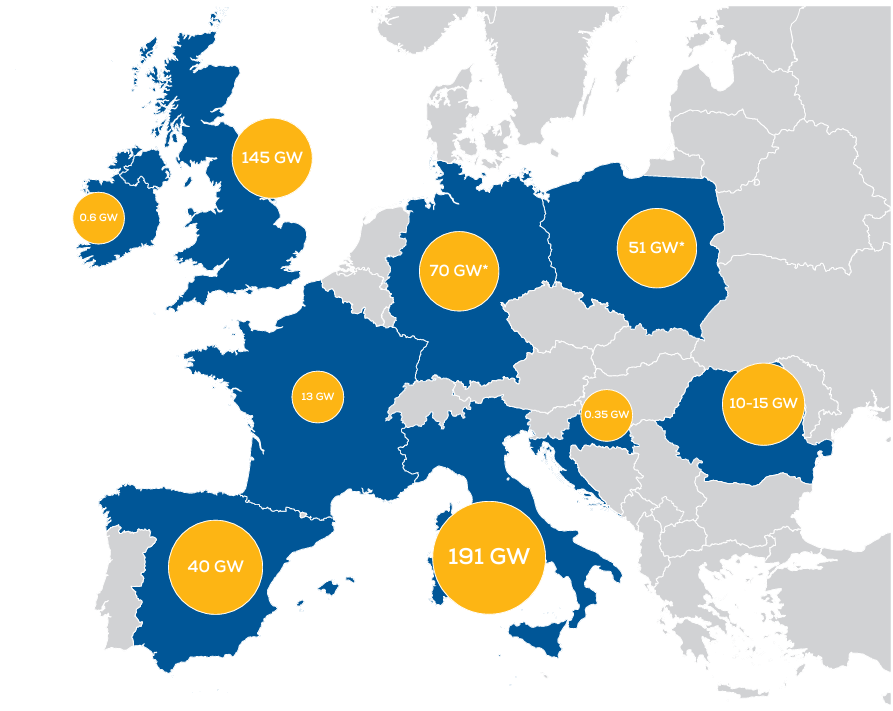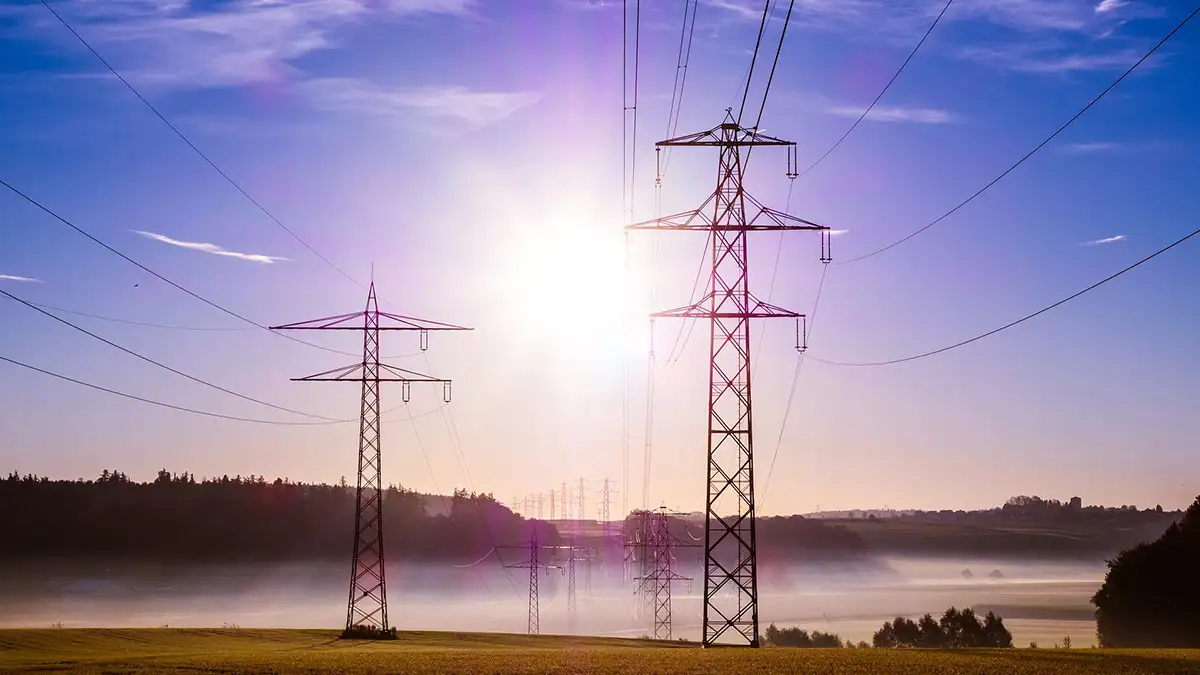Europe’s ambitious plan to ramp up wind power is hitting a major roadblock: grid access. While hundreds of gigawatts of wind projects are queued for connection, the current system is overloaded and causing delays. This report by WindEurope identifies the challenges and proposes solutions to unlock this bottleneck.
The EU aims to more than triple wind capacity by 2030 and reach 1,300 GW by 2050, crucial for energy security, affordability, and a greener future. While permitting reforms for wind farms are showing promise, the grid is now the critical hurdle. Over 500 GW of potential wind energy in key European countries is stuck waiting for grid connection assessment.
The EU understands the urgency. Their new Grid Action Plan outlines steps to accelerate grid expansion and optimization. WindEurope CEO Giles Dickson emphasizes the need for immediate action, particularly better management of grid connection queues.
The Grid is Clogged: Europe Needs More Capacity
WindEurope’s report analyzes the reasons behind the delays and identifies grid saturation and inefficient planning as key culprits. National grid expansion plans often fall short of the ambitious renewable energy targets set by member states.
The report proposes applying the “overriding public interest” principle to expedite grid infrastructure permitting, similar to its successful use for wind farms themselves. Faster grid development is essential to harness the potential of renewable energy.

Unclogging the Grid Queue: Prioritizing Efficient Projects
Currently, most European countries grant grid access on a “first-come, first-served” basis. This can lead to queues filled with immature or speculative projects, delaying promising ones and overwhelming permitting authorities.
WindEurope suggests grid operators move away from this approach and implement filtering and prioritization criteria. This would reduce the queue length, eliminate non-serious projects, and ensure a balanced allocation of grid capacity for all clean energy technologies.
Several countries are already piloting filtering criteria, such as stricter entry requirements and project milestone checks. Additionally, Spain, Ireland, and Greece are exploring prioritization based on system integration. This could involve prioritizing projects that combine different renewable sources or have advanced grid support capabilities, maximizing grid efficiency and encouraging collaboration between technologies.
WindEurope’s report offers further recommendations on grid charges, expansion costs, curtailment, and hybridisation to address the challenges and unlock Europe’s wind energy potential.



